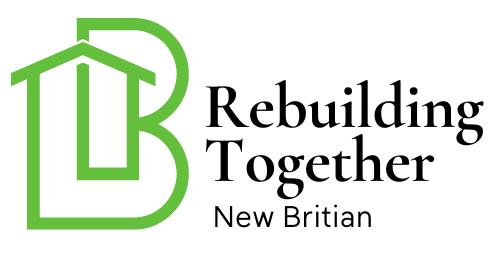Ensuring bathroom drain safety is a crucial aspect of maintaining a safe and healthy home environment. Many homeowners often overlook the importance of keeping their bathroom drains safe and functional. However, neglecting this can lead to serious issues such as clogs, water damage, and even health hazards. In this comprehensive guide, we will explore various aspects of bathroom drain safety to help homeowners like you safeguard your bathroom effectively.

The Importance of Bathroom Drain Safety
Understanding the significance of bathroom drain safety is the first step toward ensuring a well-maintained bathroom. A safe and clean drain helps prevent water overflow, reduces the risk of mold growth, and keeps unpleasant odors at bay. Moreover, it can save you from expensive plumbing repairs in the future.
Common Bathroom Drain Hazards
There are several potential hazards associated with bathroom drains. These include clogs caused by hair, soap scum, and foreign objects. Additionally, slow drains can lead to standing water, which may become a breeding ground for bacteria and insects.
Clogged Drains
A clogged drain is one of the most common issues that homeowners face. Hair, soap residue, and other debris can accumulate over time, causing blockages that slow water drainage or stop it altogether.
Standing Water
Standing water in the shower or sink can be more than just a nuisance. It can lead to water damage and create a slippery surface, increasing the risk of falls.
Preventive Measures for Drain Safety
Taking preventive measures is key to ensuring bathroom drain safety. Here are some tips to help you maintain your drains:
Regular Cleaning
Regularly cleaning your bathroom drains is essential. Use a drain cleaner or a mixture of vinegar and baking soda to break down buildup. This simple step can help prevent clogs and maintain water flow.
Install Drain Covers
Installing drain covers is an effective way to catch hair and other debris before they enter the pipes. These covers are inexpensive and can significantly reduce the chances of clogs.
Dealing with Clogged Drains
Despite your best efforts, clogs can still occur. Here are some methods to deal with clogged drains effectively:
Plungers
A plunger is a handy tool for dislodging minor clogs. Ensure you have a dedicated plunger for the bathroom to tackle any drainage issues.
Drain Snakes
For more stubborn clogs, a drain snake can be useful. This tool can reach deeper into the pipes to remove blockages that plungers can’t handle.
When to Call a Professional
While DIY methods can be effective, there are times when it’s best to call a professional plumber. If you’ve tried multiple solutions and the drain is still clogged, it’s time to seek expert help. Persistent clogs could indicate a more serious issue within your plumbing system.
Additional Bathroom Safety Measures
Ensuring overall bathroom safety is just as important as maintaining drain safety. Consider implementing these additional measures:
Non-Slip Mats
Using non-slip mats can prevent slips and falls, especially in wet areas like the shower and bathtub.
Proper Lighting
Install LED safety lights to ensure adequate visibility in all parts of the bathroom.
Maintaining a Safe Bathroom Environment
Regular maintenance goes a long way in keeping your bathroom safe. Conduct monthly checks of your drains and plumbing fixtures to catch any issues early. Additionally, ensure that your bathroom is well-ventilated to prevent moisture buildup and mold growth.
Educating Family Members
Educating your family members about the importance of bathroom drain safety is crucial. Teach children not to drop toys or other objects into the drains, and encourage everyone to clean up after themselves to prevent hair and soap buildup.
Eco-Friendly Drain Solutions
Consider using eco-friendly products for cleaning and maintaining your drains. Environmentally conscious choices not only protect your plumbing but also contribute to a healthier planet.
Resources for Further Reading
For more tips on bathroom safety, visit this external resource. Additionally, explore our articles on bathroom design for the mobility impaired, bathroom remodeling, and best flooring for seniors for more information.
Conclusion
Maintaining bathroom drain safety is an integral part of creating a safe home environment. By following the tips outlined in this guide, you can prevent clogs, reduce hazards, and ensure that your bathroom remains a safe and pleasant space for everyone in your household.

FAQ
What causes bathroom drains to clog?
Bathroom drains often clog due to the accumulation of hair, soap scum, and other debris. Regular cleaning and the use of drain covers can help prevent this.
How often should I clean my bathroom drains?
It’s advisable to clean your bathroom drains at least once a month to prevent buildup and ensure smooth drainage.
When should I call a plumber?
If DIY methods fail to clear a clogged drain or if you notice persistent drainage issues, it’s best to call a professional plumber for assistance.
This article contains affiliate links. We may earn a commission at no extra cost to you.

